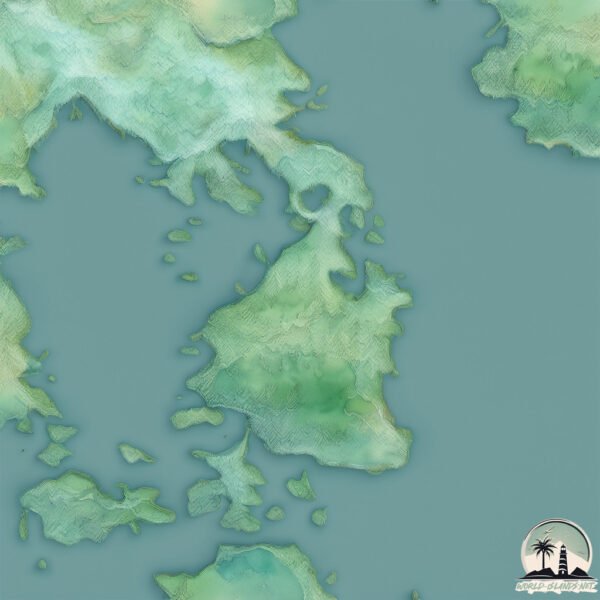Welcome to Dolsando , a Temperate island in the Japan Sea, part of the majestic Pacific Ocean. This guide offers a comprehensive overview of what makes Dolsando unique – from its geography and climate to its population, infrastructure, and beyond. Dive into the details:
Geography and size of Dolsando
Size: 71.8 km²Coastline: 88.3 kmOcean: Pacific OceanSea: Japan SeaContinent: Asia
Dolsando is a Medium Island spanning 72 km² with a coastline of 88 km.
Archipel: –
Tectonic Plate: Eurasia – One of the world’s largest tectonic plates, the Eurasian Plate covers a significant portion of Europe and Asia. It’s characterized by diverse geological features, including the Ural Mountains, the European Plain, and the Himalayas formed from its collision with the Indian Plate.
The geographic heart of the island is pinpointed at these coordinates:
Climate and weather of Dolsando
Climate Zone: TemperateClimate Details: Monsoon-Influenced Humid Subtropical ClimateTemperature: Hot Summer
Climate Characteristics: Known for hot, humid summers with significant monsoon rains, contrasted by mild, drier winters.
Topography and nature of Dolsando
Timezone: UTC+09:00Timezone places: Asia/TokyoMax. Elevation: 305 m Mean Elevation: 101 mVegetation: Mixed ForestTree Coverage: 50%
The mean elevation is 101 m. The highest elevation on the island reaches approximately 305 meters above sea level. The island is characterized by Hills: Gently sloping landforms with rounded tops, having a maximum elevation between 200 and 500 meters. Hills contribute to a varied landscape on islands.
Dominating Vegetation: Mixed Forest
Vegetation: 13 vegetation zones – Exceptionally Diverse Island
Infrastructure and Travelling to Dolsando
Does the island have a public airport? no .
Does the island have a major port? yes .
The mean population of Dolsando is 454 per km². Dolsando is Moderately Inhabited. The island belongs to South Korea .
Continuing your journey, Kommo To is the next notable island, situated merely km away.
Dolsando Island
Location: Hyangiram Hermitage Date : 2018-04-11.
Dolsando Island
Location: Hyangiram Hermitage Date : 2018-04-11.
Location: Hyangiram Hermitage Date : 2018-04-11.
Dolsan-do Island South Korea
Dolsan-do Island in South Korea is a very picturesque island joined to ...
Dolsan-do Island in South Korea is a very picturesque island joined to Jeollanam-do by an impressive looking bridge.
Top 10 Best Places You Need to Visit in Yeosu, Korea | Stunning Beaches, Islands, and Temples
Top 10 Best Places You Need to Visit in Yeosu, Korea | Stunning ...
Top 10 Best Places You Need to Visit in Yeosu, Korea | Stunning Beaches, Islands, and Temples Yeosu, a coastal city in South ...
South Korea is classified as Emerging region: MIKT: Mexico, Indonesia, South Korea, and Turkey – Economies recognized for their development potential and emerging market status. The level of income is High income: OECD.
News – Latest Updates and Headlines from Dolsando
Stay informed with the most recent news and important headlines from Dolsando. Here’s a roundup of the latest developments.
Loading...
Please note: The data used here has been primarily extracted from satellite readings. Deviations from exact values may occur, particularly regarding the height of elevations and population density. Land area and coastline measurements refer to average values at mean high tide.

